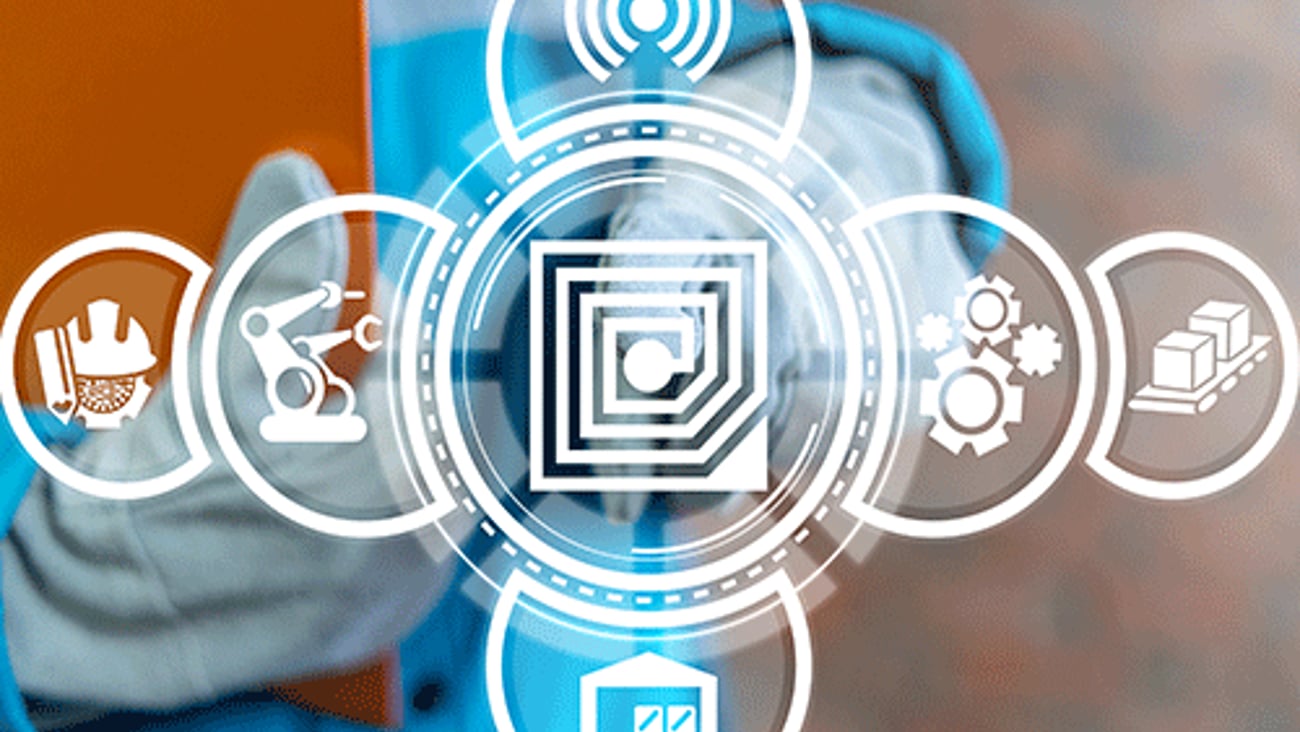2020: Three predictions for a New Year of disruption
A new year full of technology-fueled change and transformation beckons for retailers.
Here are three predictions for disruptive technology trends I expect to emerge in 2020.
Everything goes online
The Internet of Things (IoT) is poised to become a much wider network this year as more appliances, vehicles, equipment, fixtures, and other non-sentient items become “smart” Web-enabled devices.
On the back end, retailers will benefit from having “smart” shelves, freezers, pallets, and other fixtures and infrastructure that will automatically notify the appropriate personnel when something needs attention. This could range from a warning that a cold storage unit’s temperature is getting dangerously high to an alert that an item in the store needs to be restocked to a “smart” order for more products at a distribution center.
On the front end, IoT will automate customer purchases to a previously unimaginable level. Smart fridges can already place online orders as soon as a perishable product runs low, and IoT-enabled scales and sensors can detect when other items are running out and reorder them.
Checkout is so 2019
2019 saw numerous rollouts of “frictionless” in-store experiences where customers scan and bag products, tap to pay, and then instantly confirm checkout with some type of mobile code verification. While this type of “scan and go” shopping offers much more convenience than waiting in line at the traditional checkout queue, more retailers in 2020 are going to ditch checkout entirely.
The most famous example of true “scan and go” retailing, where in-store shoppers identify themselves, scan the products they want, and leave immediately, is Amazon Go. Cameras equipped with computer vision technology, as well as automatic sensors, keep track of the items customers take from shelves. When a shopper is ready to check out, they automatically pay with a registered credit or debit card inside the Amazon Go mobile app.
Toward the end of 2019, Ahold Delhaize USA revealed it was piloting a similar checkout-free format called “Lunchbox.” As the cost of computer vision and automated sensor technology falls, more big-name retailers will start testing checkout-free shopping.
Securing customer trust
During 2019, the sheer volume of retail fraud attempts and cost of fraud exploded. There is no reason to think the frequency of and expenses resulting from fraudulent attacks on retail will not continue growing exponentially in 2020.
Criminals have a plethora of access points to gain unauthorized entry into retail networks and steal customer personal and financial data. What will change in 2020 is retailers’ response to cyberfraud. The industry will finally realize continuing with the status quo and crossing your fingers that the next big breach happens to your main competitor isn’t enough.
Look for mainstream adoption of security solutions and techniques such as using artificial intelligence to detect unusual customer behavior and/or network activity, biometric authentication, solutions that track code added to e-commerce sites in real time, in-depth security collaboration with third-party partners who have network access, and applications designed to detect intrusions after breaches occur.







